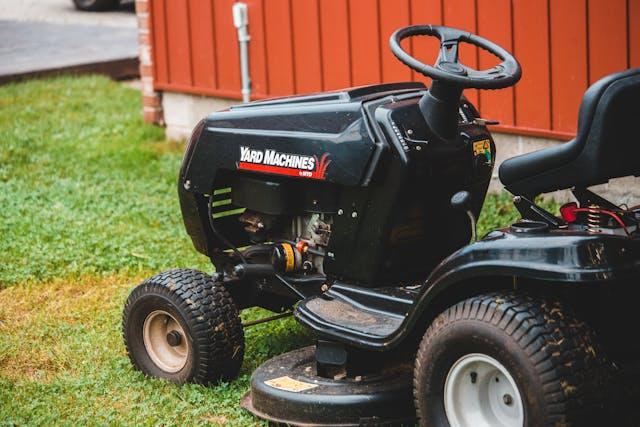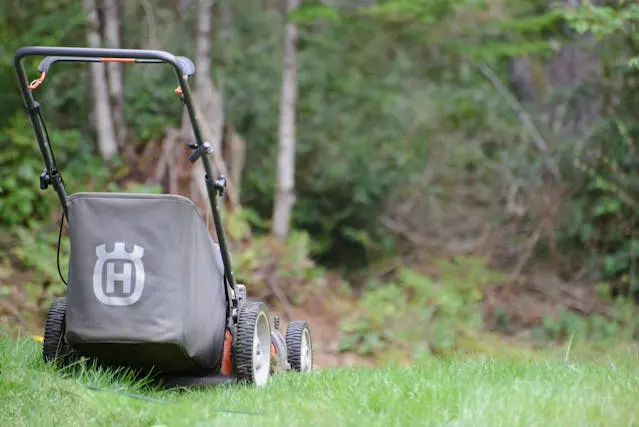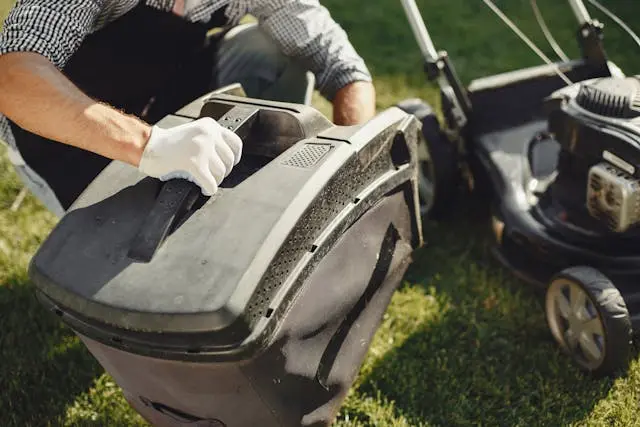During the season, every machine is a "frontline soldier." The mower, trimmer, chainsaw, and aerator – if one of them fails, the schedule collapses, the grass overgrows, and costs skyrocket. The good news: timely servicing of garden and park equipment extends the life of the machinery and protects your budget from unnecessary purchases. Here you will find a brief, practical guide – what professional servicing includes, common symptoms, time benchmarks, and how to compare offers wisely.

What does a good service really do
The professional service for lawn mowers and garden equipment begins with diagnostics: compression, fuel system (carburetor, filter, spark plug), airflow, starter, belt, bearings, condition of the blade/chain, and safety protective elements. For electric/battery-operated machines – battery and electronics testing. After that – lawn mower repair, trimmer/brush cutter repair, chainsaw service, sharpening blades and chains, oil/filter change, carburetor adjustment, load testing, and brief maintenance instructions for home.
7 symptoms that it's time for service
• Hard starting, uneven operation. Often a combination of spark plug, filter, carburetor.
• Loss of power/stalls under load. Possible fuel mixture, clogging, bearings.
• Overheating/unusual noise. Signal for lubrication, belt, bearing, blade/chain.
• "Chews" the grass instead of cutting it. Needs sharpening of blades or a new blade.
• Increased vibrations. Bent blade/shaft, worn pads, imbalance.
• Fuel/oil leaks. Seals, hoses, tank.
• Poor autonomy with batteries. Battery capacity; need for testing/replacement.
💡 Seasonal tip: schedule basic lawn mower service in spring/fall. Inexpensive maintenance = fewer "emergency" repairs during peak season.

Where do we lose the most
• Doors and gaps: spaces under the wing, thin hollow doors → weak sound insulation of the door.
• Ceiling: footsteps from above and impacts are transmitted structurally → sound insulation is needed for the ceiling with a detached metal grid.
• Floor: solid connection flooring–screed–slab → helps sound insulation under (underlays, floating floor).
• Installations: “back-to-back” outlets, pipes, ventilation ducts — without sealing, they are “tunnels” for sound.
• Lightweight partitions: thin walls without mass — require a system with mass + insulation + deformation.
Planning without surprises: time and scope
• Basic maintenance (cleaning, filters, oil change, spark plug, sharpening/adjustment) – usually 1 working day depending on workload.
• Standard repair (belt, starter, bearings, carburetor) – 1–3 days, if parts are available.
• Comprehensive restoration (shaft, housing, electronics) – individual.
Always send photos and videos of the symptom – they shorten the diagnosis and make the offer more accurate.
Useful reading: Demolition work: how to avoid paying twice for the same repair.
Common mistakes and how to avoid them
• Homemade "carburetor tuning." Fine adjustments without tools often worsen the problem.
• Incorrect oil/mix. Reduces engine life; follow the recommendations.
• Delay in sharpening. Dull blades load the engine, increase fuel consumption, and cause overheating.
• Operation without a filter/with a dirty filter. Dust enters the cylinder – expensive repair.
Seasonal storage "as it comes." Leftover fuel + moisture = deposits in the carburetor.

How to Compare Offers Fairly
Request a breakdown by activities: diagnostics, labor (hour/fixed), sharpening blades/chains, oil change, consumables (spark plug, filter), parts (belt, bearings, starter), testing, and warranty. Add photos and the serial number of the machine – this speeds up the availability of parts. Compare not only the final amount but also the scope, duration, and warranty conditions.
On the topic: 10 important questions to ask the technician before the project starts — adapt the questions for service (parts, tests, warranty).
Mini case: "season change" without maintenance
The owner leaves the lawn mower with fuel over the winter. In the spring, the machine starts difficultly, runs unevenly, and stalls. Diagnosis: deposits in the carburetor, dirty filter, worn spark plug, slight play in the bearings. Solution: cleaning and adjusting the carburetor, filter/spark plug, oil change, sharpening the blade. The cost of maintenance is lower than the price of a "new" engine – and the machine runs quieter and more economically.
Home Maintenance: Quick Checklist
• After each mowing, clean the housing and the air filter.
• Check the oil level/condition (two-stroke/four-stroke – depending on the model).
• Keep the knife/chains sharp; change the candle according to the hours of work.
• Empty the tank before winter storage; keep it dry.
• Monitor the belt and bearings for noise/air; react early.
Questions and Answers
How often should I have a check-up? At least once a year (better in spring and fall).
Is there any sense in original parts? Yes – better compatibility, longer lifespan; alternatives – only from proven suppliers.
Can a courier be used? Many service centers accept and return equipment via courier (ask in the offers).
Conclusion:
The season is short, and the maintenance window is even shorter. Timely service of garden and park equipment (mowers, trimmers, chainsaws) restores power, reduces costs, and ensures safety. Plan for preventive maintenance, keep the filters clean, and sharpen on time – this way, your investment works for years.